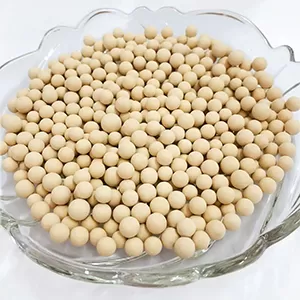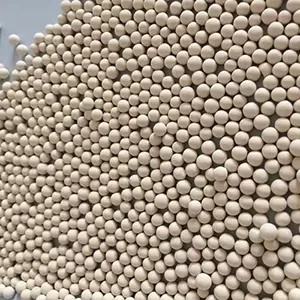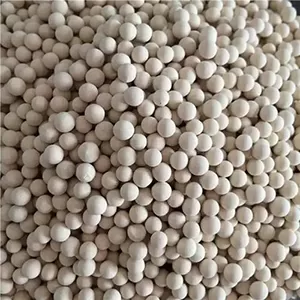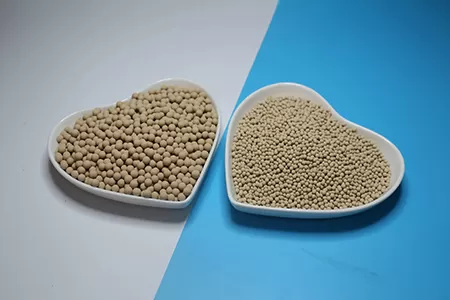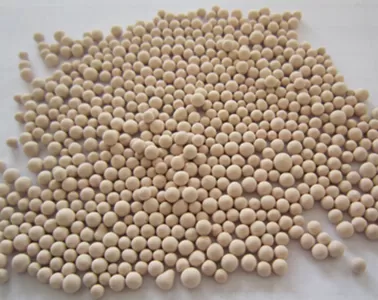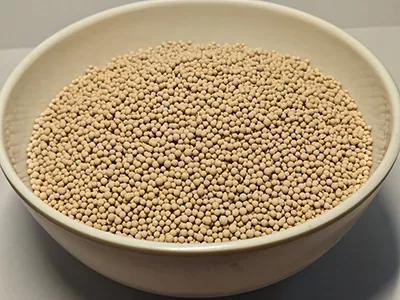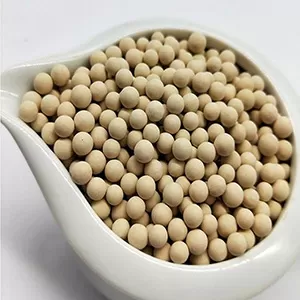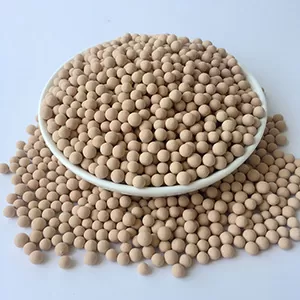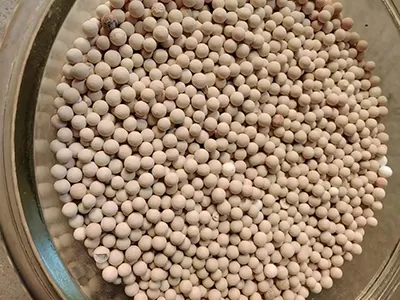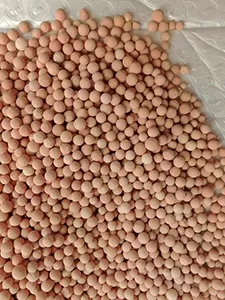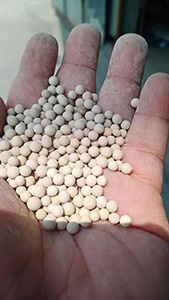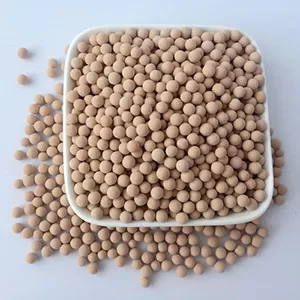What Are the Differences Between Molecular Sieve, 3A Molecular Sieve, and 4A Mol
The key differences between molecular sieve, 3A molecular sieve, and 4A molecular sieve lie in pore size (3Å vs 4Å), ads...
View detailsCan 3A Molecular Sieve Be Used in Glass Laminates?
3A molecular sieve can be used in glass laminates, as it effectively adsorbs moisture trapped between glass layers, prev...
View detailsIs 3A Molecular Sieve Toxic to Humans?
3A molecular sieve is generally non-toxic to humans under normal conditions, as its inert aluminosilicate structure and ...
View detailsDoes 3A Molecular Sieve Adsorb Formaldehyde?
3A molecular sieve has limited ability to adsorb formaldehyde, as formaldehyde molecules (kinetic diameter ~3.7 angstrom...
View detailsActivation Temperature of Refined 3A Molecular Sieve
The activation temperature of refined 3A molecular sieve ranges from 220–280C, with precise control to preserve its unif...
View detailsPrinciple of 3A Molecular Sieve for Ethanol Drying
3A molecular sieve dries ethanol by selectively adsorbing water molecules (2.8 angstroms) through its 3-angstrom pores w...
View detailsDoes 3A Molecular Sieve Adsorb Propylene?
3A molecular sieve generally does not adsorb propylene, as its 3-angstrom pores are too small to accommodate propylene m...
View detailsClassification of 3A Molecular Sieve
3A molecular sieve is classified by particle form (beads, pellets, powder) and application-specific variants (acid-resis...
View detailsHow to Choose 3A Molecular Sieve
Choosing 3A molecular sieve involves evaluating pore size uniformity, adsorption capacity, and compatibility with operat...
View details3A Molecular Sieve Gas Adsorption Principle
3A molecular sieve adsorbs gases based on size exclusion and polar attraction: its 3-angstrom pores allow only small pol...
View details3A Molecular Sieve Activation Temperature
3A molecular sieve activation temperature typically ranges from 200–300C, with the optimal range being 250–280C to ensur...
View detailsMaximum Temperature for Atmospheric Pressure Activation Regeneration of 3A Molec
The maximum temperature for atmospheric pressure activation regeneration of 3A molecular sieve is typically 300C, as exc...
View details

